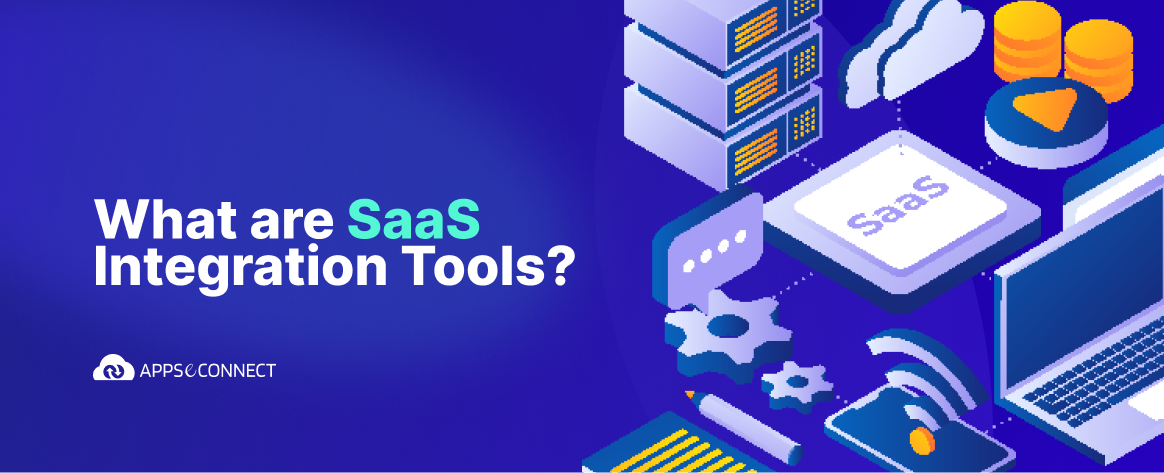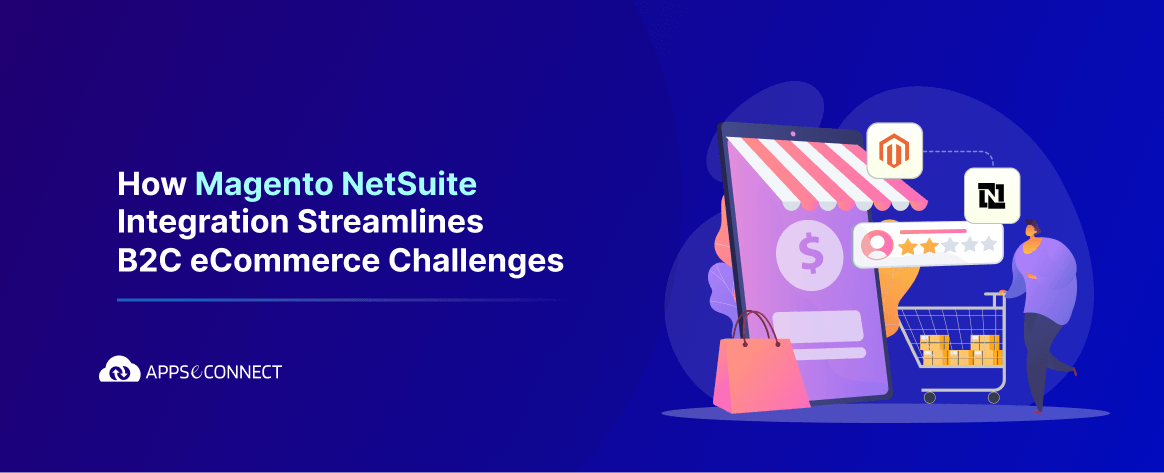There are a lot of factors that needs to be considered while selling on an online eCommerce platform or a marketplace such as stock, prices, marketing, the staffs and employees working, the management of the processes etc. In the area where it comes to a marketplace, Amazon and eBay have maintained their spots as the giants of the industry. Amazon and eBay have set up a benchmark and are the two leading marketplace platforms at the moment. Though both the platforms are huge brands themselves, one can opt for any one of them only by considering their own business requirements.
Let’s take a look at the battle between Amazon vs eBay to gain the #1 spot and attempt to decide which might be better for online sellers:
Pros of Selling on Amazon
-
Cost:
Amazon has two plans for sellers i.e. Individual and Professional. Professional Plan requires a monthly subscription fee of $39.99, provides the possibility to sell in three countries or more countries, use Fulfillment by Amazon, use special promotions, customize shipping rates, and other features.
-
Huge Customer Base:
Amazon is one of the largest online retailers with over 300 million active members. Amazon draws a whopping 200 million visitors a month. The advantage of Amazon is its built-in algorithm for recommended purchases.
“According to an Amazon executive, sellers report an average 50% increase in sales when they join Amazon Marketplace.”
-
Trust and Credibility:
You need to have UPC/ASIN labels in order to sell on Amazon which is a must. You cannot list any item which is not on the Amazon Listing Page. You have to search an item and then click on “Sell”. Amazing reviews give a detailed idea of whether a product is right for a customer or not.
-
Support:
Amazon has a great infrastructure to facilitate their retailers as well as users. The Customer Support response time is also quite fast and prompt. A personal section which is meant to fit the customer. Check out Amazon Connect Integration for Zoho Business Apps!
Cons of Selling on Amazon
-
Fees:
On Amazon, fees start at a minimum of one dollar and goes up to as high as 25 percent of the item’s price. Free Shipping is only offered on values exceeding a certain amount – “if you decide to do Fulfillment by Amazon, where Amazon itself warehouses and fulfills your product, you pay a listing fee + a few dollars in fulfillment fees depending on the item”
-
No name in the Market (Branding and Policy):
Customers don’t remember much from which seller they bought the product. So, chances are that you stand at the same place where you were years back until and unless you offer something out of the box.
-
Amazon does not let you get a buyer’s Email:
Amazon does not let you get the email of your product buyer. In this case, you have no opportunity to connect or establish a relation with your consumers directly. However, on your own site you can set up an email newsletter and encourage customers to sign up for it.”
-
High competition:
You need to have a very low margin as there are lots of sellers in the market offering the same product at different price range.
-
Order Management:
You need to ensure that you maintain a good order management and fulfillment process. This is important because if there occurs any issue by your end and Amazon gets blemished, you have to pay a hefty fine or can be barred from selling on Amazon forever.
-
Return Policy:
Amazon’s return policy can be a real problem. There’s really little recourse for the vendor in solving a dispute.
Pros of Selling on eBay:
-
Cost:
Fees on eBay can vary, depending on what you sell and how you sell it. Sellers typically pay 10 percent of the sale price which could limit to 250USD at maximum. The situation with eBay pricing structure is a bit more complicated. All sellers have two options: to sell with eBay store and sell with no eBay store. eBay stores fall into two subscriptions – Basic and Premium. eBay fee calculator makes matters much easier as well.
-
Ease of use:
eBay listing is very easy – you just need to add your product to the Inventory and you are LIVE. The inventory management of your eBay store is very easy. It is important to note that initially approximate 10 items can be listed, but once you have gained the trust, one would be able to list as many as 30 items at a go. Apart from this, eBay has leveraged AMP technology to improve mobile browsing!
-
Customer Base:
EBay is the largest C2C (consumer to consumer) marketplace on the internet. Immediate access to millions of potential customers is available. On eBay, there are over 149 million active buyers located all around the world.
-
Branding and Policy:
eBay offers multiple opportunities to create a branded presence including HTML listings and eBay shops. This has a direct result on your customers personally contacting you.
-
Customizable product listing:
eBay offers retailers a number of different ways to provide product information to customers. These range from very general descriptors, such as brand name, color, type, material, size and style, and also includes more specific indicators such as UPC codes and ISBN number.
-
Integrating your eBay store with ERP
With up-to-date information on products, Stock availability in real-time, auto update of order tracking information in place, your business staff have the tool and the information they require for providing better customer experience. Here are the Benefits of Integrating your eBay store with ERP.
Cons of Selling on eBay
-
Low prices and profit:
eBay is the place where people go to buy the cheapest bargain available in the market. There is a fierce competition in the marketplace. This has led to accusations that eBay drives down prices and devalues brands.
-
Fraud
Unfortunately, the very openness, ubiquity, and ease-of-use of the eBay system make it a magnet for fraudsters of all types. This takes several forms including identity theft, items not as described and products not arriving at all. Now, you can easily secure your eBay Store while you are away!
-
Support:
Time-consuming and answering buyer questions and providing feedback can make selling on eBay a tedious job. There is no proper support channel to get speedy replies.
Conclusion
By now, you must be sure with the pros and cons of selling on Amazon and eBay. It is nonetheless clear that we cannot put either Amazon or eBay above each other, since they prove to be advantageous to different businesses dealing with different products. So, although you have a clear concept of selling on Amazon and eBay, you must only proceed with the platform which fits in your business strategies and understands your objectives completely.
Now, you can easily integrate your Amazon or eBay Marketplace with your back-end ERP system and automate your business process!

You may also like:
Amazon sellers, how can you get Amazon to reimburse you?
Zoho Introduced Amazon Connect Integration in Business Apps
eBay leverages AMP technology to improve mobile browsing
How to do Inventory Management of your eBay store?




















